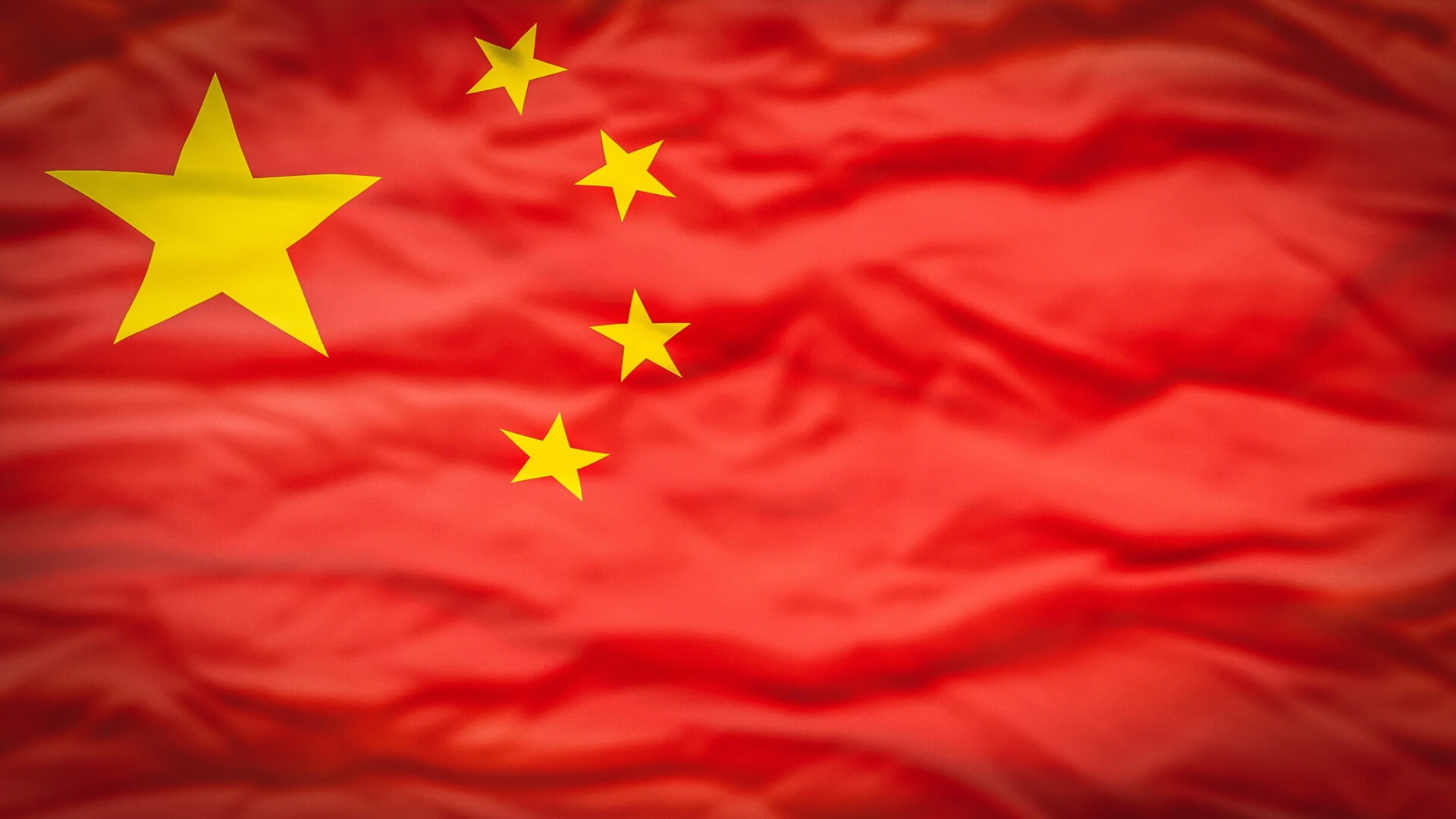Despite US China export controls imposed by the US and its allies, Chinese imports of semiconductor manufacturing equipment rose more than 90% last quarter. China has proven its ability to produce advanced chips. According to a 741 page annual report, released by the US-China Economic and Security Review Commission, imports of machinery and equipment for producing semiconductors or integrated circuits jumped 93%. Imports of equipment for lithography, a critical part of the process that involves forming nanometer-scale circuit patterns, grew nearly fourfold. China’s imports of this equipment from the Netherlands swelled more than sixfold, with the bulk of this likely coming from ASML, which supplies some of the world’s most advanced chipmaking equipment.
It can take six months to a year for lithography equipment to be delivered after an order is placed. According to Masahiko Ishino, a senior analyst at Tokai Tokyo Research Institute, Chinese manufacturers, seeing a possibility that they could lose access, accounted for 46% of ASML’s sales last quarter, a much larger share than the 14% in 2022. In an earnings call, Chief Financial Officer Roger Dasse said shipments to China were “really for mid-critical and mature” production processes, rather than the advanced semiconductors targeted by sanctions, and all “very much within the limits of export regulation.”
Despite this, concerns remain that the equipment will be used to make high-end semiconductors. China has taken advantage of the limitations of the US China export controls gap to improve its manufacturing technology. A new smartphone which was released in August by Huawei Technologies features advanced 7-nanometer chips. Research firms suggest chips made by the Chinese foundry Semiconductor Manufacturing International Corporation (SMIC). Experts believe China may have rushed to place orders while they had access. Here is an opinion piece we found of interest relating to China accessing advanced chips despite US – China export controls.
China receives US equipment to make advanced chips despite new rules, report says
In an opinion piece “China receives US equipment to make advanced chips despite new rules, report says” for Reuters, Alexandra Alper, White House business correspondent, examines the 741 page annual report, released by the U.S.-China Economic and Security Review Commission which takes aim at the Biden administration’s Oct. 2022 export curbs, which seeks to bar Chinese chipmakers from getting U.S. chipmaking tools if they would be used to manufacture advanced chips at the 14 nanometer node or below. Despite a raft of new export curbs aimed at thwarting advances in the country’s semiconductor industry, Chinese companies are buying up U.S. chipmaking equipment to make advanced semiconductors.
According to Alper, the report stated the Commerce Department is using the 14 nanometer restriction limit. Importers are often able to purchase the equipment by claiming it is being used on an older production line, and with limited capacity for end-use inspections, The report claims it is difficult to verify the equipment is not being used to produce more advanced chips. This finding comes as the United States is trying to figure out how Chinese telecoms giant Huawei was able to produce an advanced 7 nanometer chip to power its Mate 60 Pro smartphone at China’s top chipmaker SMIC, despite the export curbs announced last year.
The report does not outline specific recommendations to address the gaps in the U.S. rules. It urges Congress to request an annual evaluation, to be completed within 6 months by the General Accountability Office (GAO) and later made public. This evaluation would look at the effectiveness of export controls on chipmaking equipment to China. The U.S.-China Economic and Security Review Commission was created in 2000 to submit an annual report to Congress on the national security implications of the economic ties between the United States and China, and to provide recommendations for government action. Read more on Reuters.
Disclosure: Fatty Fish is a research and advisory firm that engages or has engaged in research, analysis, and advisory services with many technology companies, including those mentioned in this article. The author does not hold any equity positions with any company mentioned in this article.
The Fatty Fish Editorial Team includes a diverse group of industry analysts, researchers, and advisors who spend most of their days diving into the most important topics impacting the future of the technology sector. Our team focuses on the potential impact of tech-related IP policy, legislation, regulation, and litigation, along with critical global and geostrategic trends — and delivers content that makes it easier for journalists, lobbyists, and policy makers to understand these issues.
- The Fatty Fish Editorial Teamhttps://fattyfish.org/author/fattyfish_editorial/January 19, 2024
- The Fatty Fish Editorial Teamhttps://fattyfish.org/author/fattyfish_editorial/January 3, 2024
- The Fatty Fish Editorial Teamhttps://fattyfish.org/author/fattyfish_editorial/January 3, 2024
- The Fatty Fish Editorial Teamhttps://fattyfish.org/author/fattyfish_editorial/December 31, 2023









